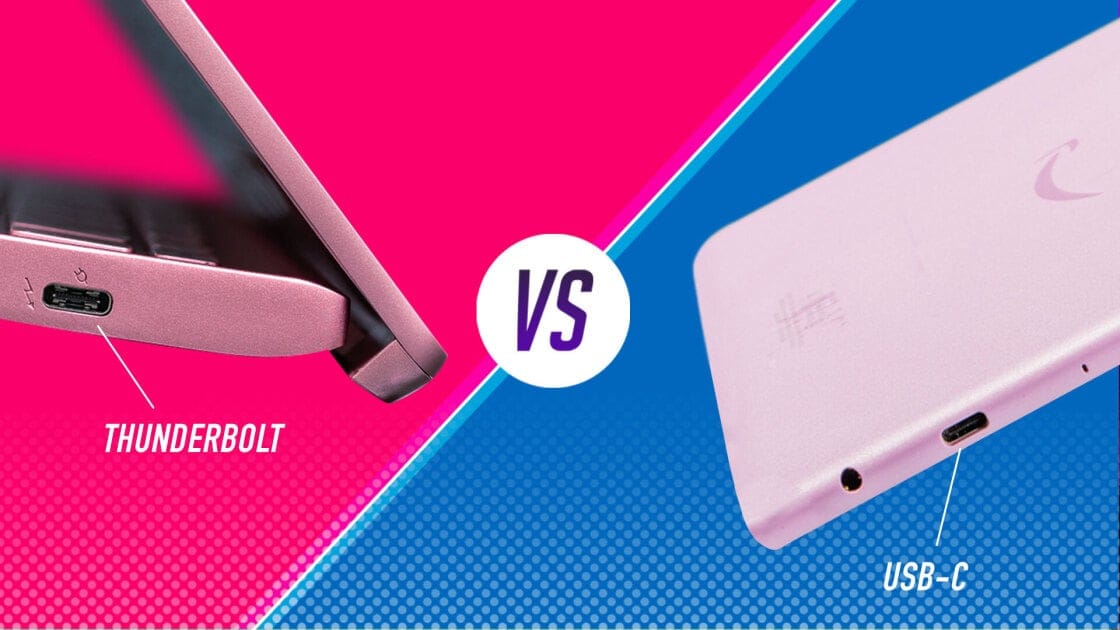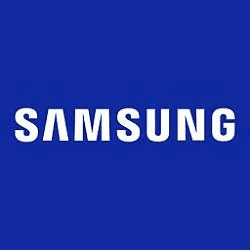Firstly, as a newcomer to the forum, I would like to greet everyone and introduce myself. I am a longtime user of PC systems, both Windows and Linux. The computer assists me in pursuing my interests: music, photography, and astronomy.
My problem:
Windows 11 suddenly stopped recognizing the Samsung S7 SSD 500GB when connected via the USB-C cable to the Thunderbolt port on the Huawei MateBook Pro laptop. When the cable is connected before the system starts, Windows recognizes the S7 SSD after the system is loaded. Windows 10 Pro and Linux Ubuntu 23.10 - this same PC,Llinux is installed on external SSD, recognize the S7, using the same cable without any problems. Device Manager doesn't show any issues.
I did everything from these pages:
 consumer.huawei.com
consumer.huawei.com
 www.ubackup.com
www.ubackup.com
But problem remains unsolved.
On the other hand, there are no issues with the USB-C input; all connected drives are recognized in each of the situations described above.
My problem:
Windows 11 suddenly stopped recognizing the Samsung S7 SSD 500GB when connected via the USB-C cable to the Thunderbolt port on the Huawei MateBook Pro laptop. When the cable is connected before the system starts, Windows recognizes the S7 SSD after the system is loaded. Windows 10 Pro and Linux Ubuntu 23.10 - this same PC,Llinux is installed on external SSD, recognize the S7, using the same cable without any problems. Device Manager doesn't show any issues.
I did everything from these pages:
My HUAWEI computer cannot identify USB devices | HUAWEI Support Global
Learn about 'My HUAWEI computer cannot identify USB devices'. Find all usage guide, troubleshooting tips and resources for your HUAWEI product.
 consumer.huawei.com
consumer.huawei.com
Fixed: Samsung T7 Not Showing up on Windows 11(7 Ways and 1 Tip)
This guide offers 7 efficient ways to fix Samsung T7 not showing up on Windows 11 with detailed steps, also offers a tip to backup Samsung SSD for data protection.
But problem remains unsolved.
On the other hand, there are no issues with the USB-C input; all connected drives are recognized in each of the situations described above.
- Windows Build/Version
- Edition Windows 11 Home Version 23H2 Installed on 25/08/2023 OS build 22631.2715 Experience Windows Feature Experience Pack 1000.22677.1000.0
My Computer
System One
-
- OS
- Windows 11
- Computer type
- Laptop
- Manufacturer/Model
- Matebook X Pro I5 8GB+256GB (Mach-W19C)
- CPU
- Intel(R) Core(TM) i5-8250U CPU @ 1.60GHz 1.80 GHz
- Motherboard
- HUAWEI MACH-WX9-PCB
- Memory
- 8 GB
- Graphics Card(s)
- Intel(R) UHD Graphics 620
- Sound Card
- AudioDevice
- Monitor(s) Displays
- JDI422A
- Screen Resolution
- 3000x2000



















